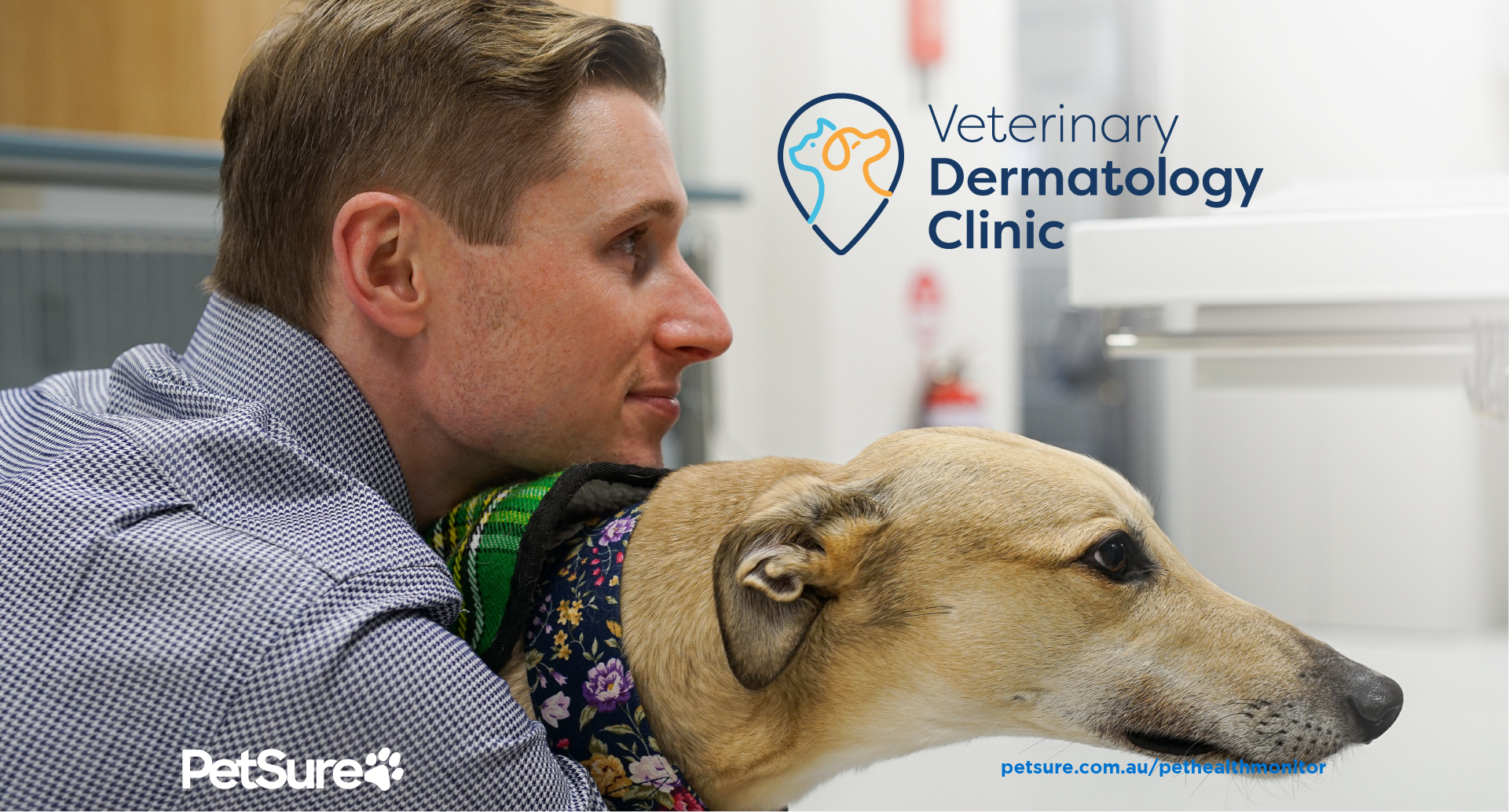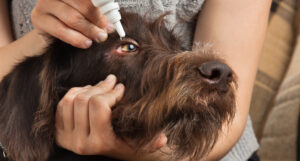One of the common challenges pets across Australia face is skin irritations and diseases. We sat down with leading veterinary dermatologist Dr Callum Bennie to understand the challenges faced in the profession, what drives them and what pet parents can do to assist their vet to get their pets the right treatment.
Dr Callum please tell us about yourself.
My name is Callum Bennie and I received my veterinary degree from the University of Sydney. I have a masters of clinical sciences from Colorado State University and specialty credentials with the American College of Veterinary Dermatology. I’m a Board Certified Veterinary Dermatologist and I’ve been practicing for 9 years.
What made you want to become a veterinarian?
A love of animals, of course! Like so many of my colleagues, veterinary medicine was a calling and I feel very privileged to be in the position to help pets. I owe my dreams of becoming a vet to my first dog, Sandy, who was an adorable scruffy Australian Silky Terrier we adopted from the shelter. My friendship with him is what inspired me to pursue a career which places an emphasis on tending to the amazing bond people share with their pets.
What does a typical day look like for a dermatologist specialist veterinarian?
No two days are the same – which is one of the many reasons I love my job! As a dermatologist I specialise in skin, ear, hair and nail disorders of pets.
I see new patients in the morning, I perform sedated or anaesthetised procedures in the middle of the day (for example, allergy testing, ear procedures including CT scans and ear scopes/flushes, biopsies, carbon dioxide laser surgery to remove skin masses) to better diagnose and manage dermatological conditions, and I see patients for re-checks in the afternoon.
What is your favourite thing about your job?
Meeting with and helping dedicated pet parents provide the best possible care for their beloved pets, and seeing those pets lead long, comfortable lives because of my expertise!
What is the most common case you’re seeing in dermatology at the moment? And how do you go about diagnosing and managing it?
The most common condition I see in cats and dogs is environmental skin allergy (atopic dermatitis). This condition often causes an itch leading to pets excessively scratching themselves. Atopy is a clinical diagnosis made by elimination; we progress systematically through a sequence of tests to rule out conditions that mimic atopy to ultimately diagnose this condition. Management involves a combination of anti-itch medications, shampoos/conditioners, often ear medications, as well as allergy testing and desensitisation (allergy shots or drops).
What is most challenging about what you do?
I’m biased as a dermatologist. The skin is a miraculous organ, but it only has so many ways it can respond to disease and trauma. As such, many conditions can present in exactly the same way and getting to a definitive diagnosis can prove challenging.
What is the most preventable case you see in dermatology and what would your advice be to people to prevent this problem?
Flea and mite infestations! Every pet should be on an appropriate preventative that manages these parasites throughout the entire year. I encourage pet parents to discuss which product is appropriate for their pet with their local vet.
What is the most unusual thing you have seen in your veterinary career?
An extraterrestrial-looking Cuterebra (fly bot larva) that exploded from a skin lump on the chest of a dog I examined in Colorado, USA. It gave me the fright of my life! Thankfully, this is exotic to Australia so our pets (and vets) need have no fear of experiencing something similar.
We all know that pets sometimes get itchy, but how much is “too much” scratching and when should pet parents see a vet? (i.e. What is a “normal” amount of scratching?)
All pets will groom themselves, however if you notice licking, biting, chewing, scratching, shaking, gnawing, rubbing or scooting behaviours interrupting day-to-day activities like playing, snoozing or eating, then it’s best to chat to your vet about it. Also, if you notice any scabs, discharge and hair loss then this could indicate an issue that you should seek veterinary advice for.
What type of skin conditions are recurring and how often, on average, do pet parents need to come to see you? Are skin conditions preventable?
Almost all, unfortunately. It’s a rare occurrence that I can ‘cure’ something for good. The vast majority of skin and ear conditions are due to underlying, chronic conditions that require long-term management. Obtaining a diagnosis and gaining control of the condition initially often requires a few visits early on. Once the condition is in remission I often recommend a re-check every 6 months to monitor treatment.
What is one thing you wish all pet parents knew about their pets’ skin?
Pets’ skin is different to ours – please stop using human shampoo on your pets’ skin!
What would you like pet parents to know about vets and specialist vets?
We’re all here to help! Collaborative care between local vets and specialists is how we ensure the best clinical outcomes for your beloved pets when it comes to difficult and frustrating conditions, just like in human medicine. Thanks for allowing us to help you!
Pet insurance can help by covering a portion of the eligible vet bill if the unexpected happens. Because it is difficult to predict the costs of veterinary care, it can help to have measures in place to help prepare for the unexpected. Check out our partner network and explore our policy tools to find a pet insurance policy.
Not all conditions or items are covered by Pet Insurance. Refer to the applicable Product Disclosure Statement for information about coverage and exclusions.



 Fact checked
Fact checked





